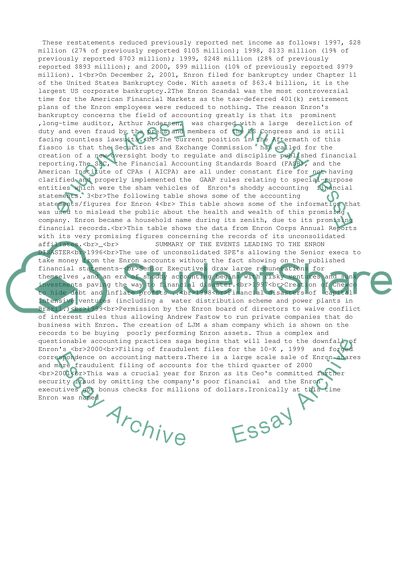Cite this document
(“The Regulation of Financial Reporting Case Study”, n.d.)
The Regulation of Financial Reporting Case Study. Retrieved from https://studentshare.org/business/1509287-the-regulation-of-financial-reporting
The Regulation of Financial Reporting Case Study. Retrieved from https://studentshare.org/business/1509287-the-regulation-of-financial-reporting
(The Regulation of Financial Reporting Case Study)
The Regulation of Financial Reporting Case Study. https://studentshare.org/business/1509287-the-regulation-of-financial-reporting.
The Regulation of Financial Reporting Case Study. https://studentshare.org/business/1509287-the-regulation-of-financial-reporting.
“The Regulation of Financial Reporting Case Study”, n.d. https://studentshare.org/business/1509287-the-regulation-of-financial-reporting.


